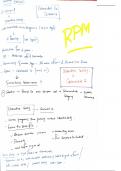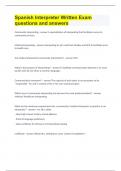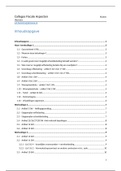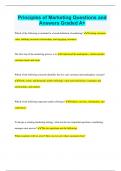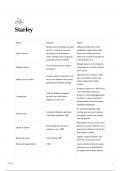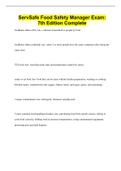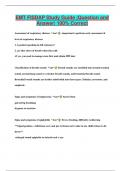Samenvatting
Samenvatting EBC (Externe Beïnvloeding Celfunctie) Studiestof Thema C
- Instelling
- Universiteit Utrecht (UU)
Dit zijn de aantekeningen van de modules van thema C van EBC (Externe Beïnvloeding Celfunctie) van het eerste jaar van de studie Diergeneeskunde.
[Meer zien]





